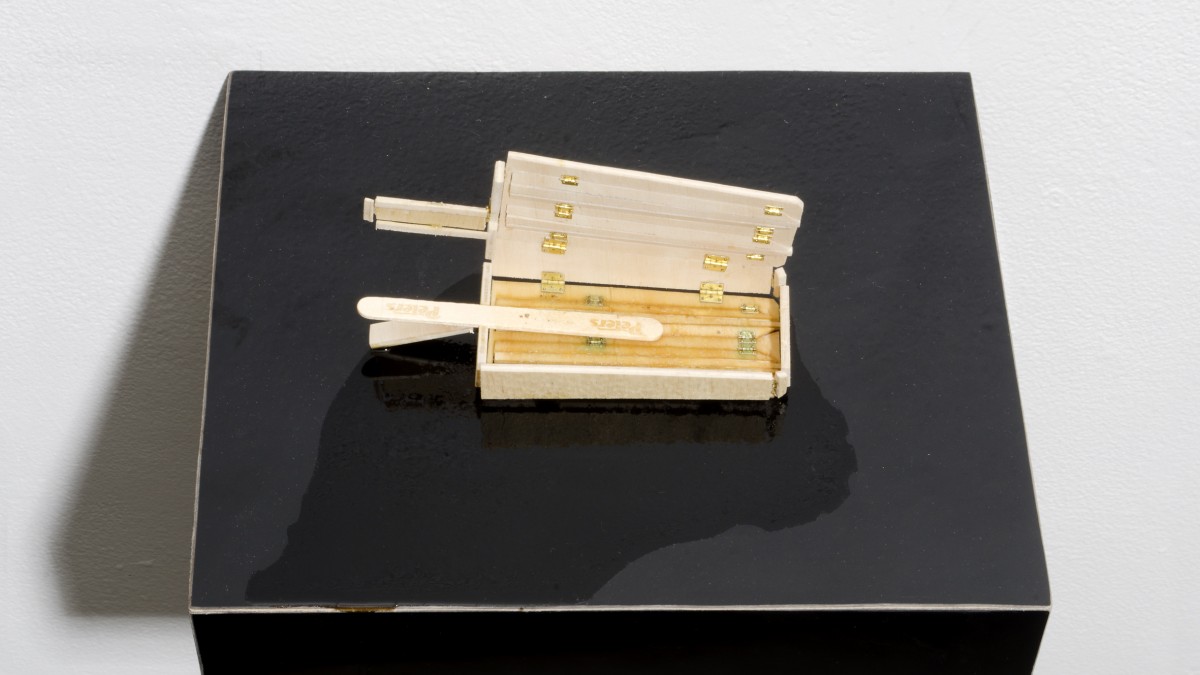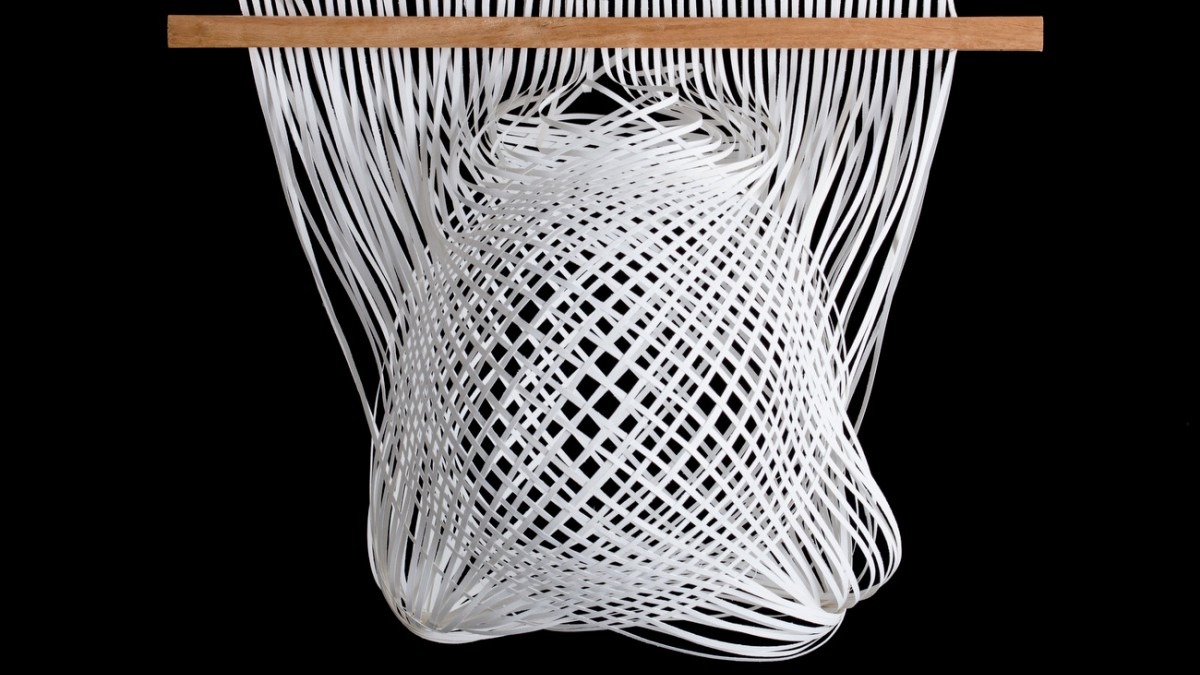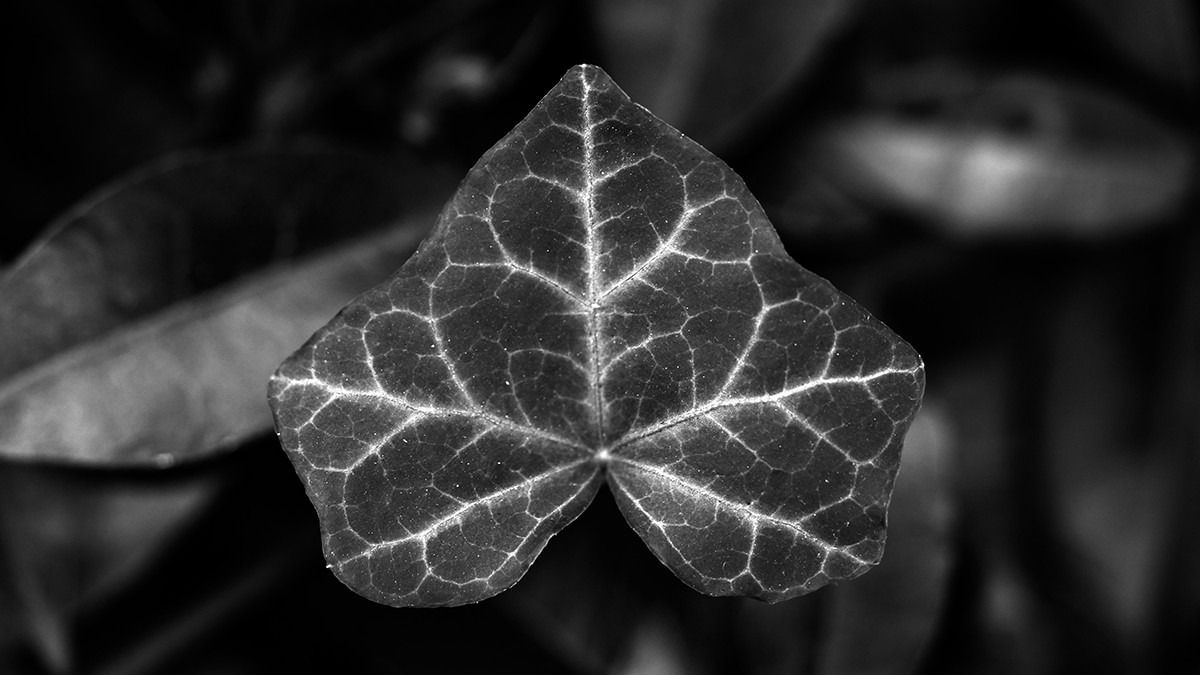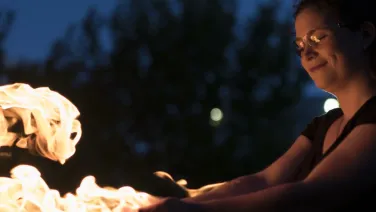How applied mathematics planted artist Bettina Hill on cloud nine
When Bettina Hill arrived at the first lecture of her Bachelor of Science (Advanced) degree at ANU, she hit a major stumbling block.
“I thought, oh no, I’ve forgotten everything,” she recalls. “It was such a long time since I’d done any maths.”
As it turns out, a career in visual arts doesn’t exactly help you recall the intricacies of Pythagoras’ theorem.
“Going back to university was a massive shock!”
From first graduating ANU in 2007 with a Bachelor of Arts (Visual) (Honours) degree, to starting a new job with the Bureau of Meteorology in 2021, Bettina’s career journey is slightly unconventional.
“Before returning to uni, I was making my own art and working in art centres and galleries.” Eventually Bettina started to realise that the hard slog of the art world, “wasn’t quite working for me”.
“In 2014, I decided to fall back on my other interest from high school: maths. I thought maybe I could combine my art and maths, but I was also happy to just see where it would take me.”
Bettina says her approach, be it in maths or art, has always been to try things and see what happens.
“At art school, I started looking at the environment around me, to see what I found interesting, and what would come up by itself.”
A common theme of Bettina’s art installations is highlighting the extraordinary in everyday things.
This approach has resulted in artistic reconfigurations of anything from old washing machines, to light refractions and to cutlery. In doing so, her installations envelop her audience with comfortable familiarity, whilst also challenging them to view the mundane in different, more interesting ways.
“I like to play with objects, and materials,” she says. “In my last exhibition, I was testing what paper could do. How can I stretch it? How can I play with it to make it into something different?”
Bettina drew on this curiosity and experience in experimentation when returning to university, but it wasn’t all smooth sailing.
“I was working an intense job, and I was also preparing for my paper exhibition,” she says. “It was a lot to juggle.”
One of those juggling balls was learning lots of new mathematical terms. And Bettina found that the best way to learn a new language, mathematical or otherwise, was to speak it with others.
“Eventually I figured out how to make friends at uni. That made a huge difference!”
Years later, when selecting a project for her honours research, Bettina was looking for something applied.
“I really enjoy mathematics that is linked to the real world.”
Bettina ended up using her mathematical know-how to understand the different shapes of leaves.
“Leaves are so varied,” she says. “I used a technique called persistent homology to identifying their holes and components, to see if we could use statistics to separate out different types of leaves.”
Bettina says that the way that botanists traditionally categorise leaf shape can be quite subjective, as they use descriptive words to identify different leaf types.
“My research was really exciting because I was looking at something that is usually determined by people’s perception. But we can try and make it more objective by putting numbers to it and bringing in computational analysis techniques.”
And Bettina, or her computer at least, did find patterns in the types of shapes leaves have.
“Rather than separating them into distinct clumps, there was a smooth transition between different leaf characteristics such as skinny, lobed and fat leaves.”
Bettina is now looking forward to applying her mathematics to a new field: meteorology.
“I never thought I would have a STEM career,” she says. But at the end of her honours year Bettina started looking for jobs where she could do applied mathematics. The Bureau of Meteorology was an obvious choice.
Come rain, hail or shine, one certain thing about the weather is its unpredictability. Surprisingly, Bettina says dealing with this type of uncertainty is actually thrilling for mathematicians.
“Weather is a chaotic system, there is so much unpredictability in it. But it still ties into maths.
“Something I learnt during my degree is that science is not that hard and fast. You can always put in your error bars.”
Just like her art, it is clear that applied mathematics provided Bettina with a new way to explore the extraordinary in the world around us.
After graduating from ANU a second time with a Bachelor of Science (Advanced) (Honours), and starting a career at the Bureau, you may be wondering if Bettina has any time for new art projects.
“I’m just going to wait and see if it comes back to me,” she says.
“Although, I have been making things with no intentions lately. Just little craft projects at home.”
After a hard day crunching the numbers behind our chaotic weather system, this is exactly the type of playful experimentation that Bettina craves.
“It’s just fun. There’s no pressure, and it’s not very cognitive. Which is exactly what I need at the moment!”
Want to see the extraordinary in the world around you? Discover how a Bachelor of Mathematical Science, Bachelor of Science (Advanced) (Honours) or Bachelor of Visual Arts might be right for you. You could even combine your love of art and maths with one of our flexible degree options.





